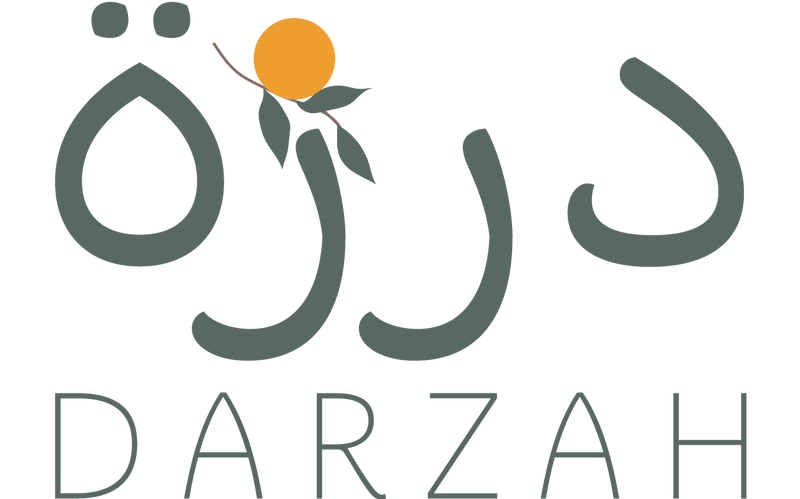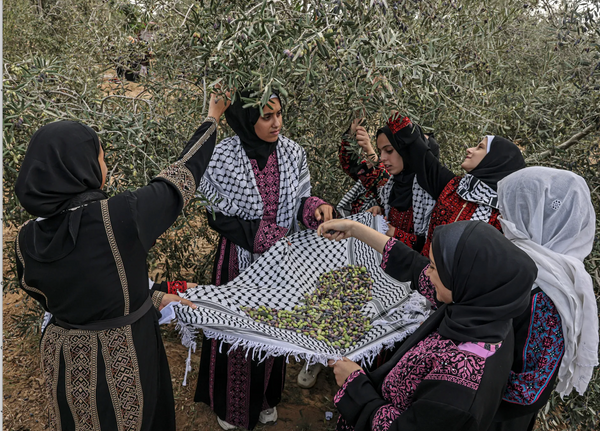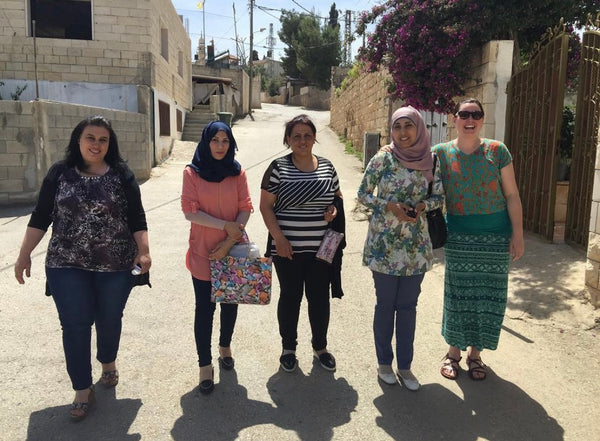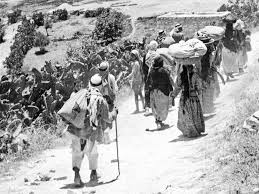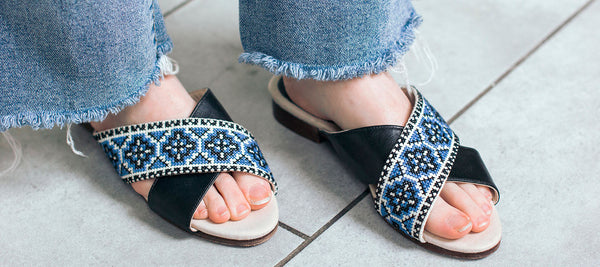Gazan Tatreez Motifs
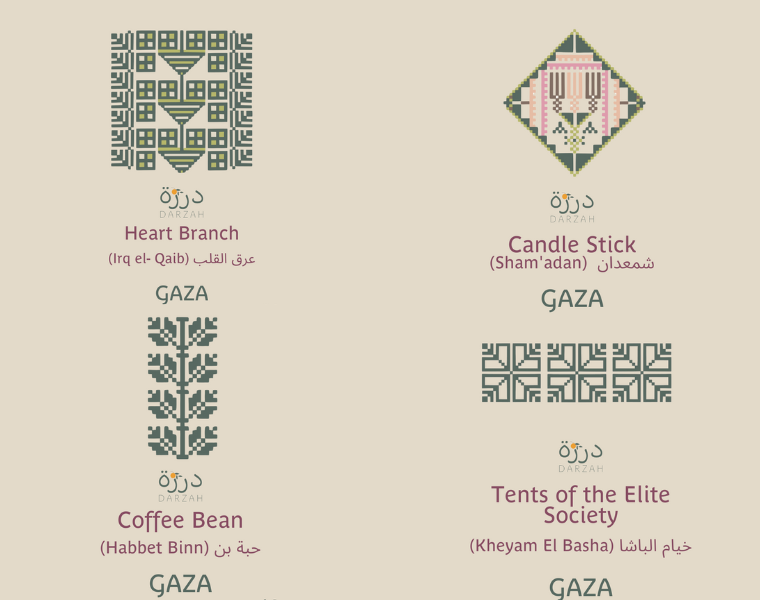
Tatreez, an exquisite form of embroidery art, stands as one of the most significant cultural treasures of Palestine. The well-known cross-stitch technique is traditionally referred to in Arabic as “Fallahi”, meaning "of the farmers in villages." The women of Palestine draw inspiration from their landscapes, culinary delights, and rich cultural heritage, infusing these elements into the intricate designs of Tatreez embroidery. These artworks not only serve as expressions of creativity but also carry deep meanings related to social status, origins, and the unique identity of Palestinian women.

A few particularly noteworthy motifs within the realm of Tatreez originate from the region of Gaza. These motifs capture a diverse array of vital aspects of Gaza, from its iconic Cypress trees to the symbolism of coffee beans. The term "Gaza" itself, derived from "Azzah," which indirectly conveys strength, reflecting the resilience of its people."Azzah" is derived from the Arabic root word "Azza," conveying the concepts of strength, might, and determination. This name is often associated with qualities of fortitude and resilience, reflecting a cultural value that emphasizes facing challenges with courage. In the Palestinian context, "Azzah" aligns with the collective strength of the people and their enduring spirit. Despite the challenges faced in their homeland, the Palestinians' steadfast resolve contributes to their remarkable resilience. These motifs serve as identity markers, combining symbols, geometric patterns, floral designs, and elements of nature.

In Tatreez, colors assume special significance, and the Gaza motifs often boast vibrant palettes. Blue signifies the expansive sea and sky, while red represents the earth and the enduring spirit of the Palestinian people. Depictions of landscapes in Gaza motifs showcase the environmental elements of the region, featuring the sea, palm trees, and indigenous flora.
Prominent cultural motifs like the Beit Dajan cypress ring, the Coffee Bean motif (Habbet Binn), and the Heart Branch motif (Irq el Qaib) contribute to the rich tapestry of Palestinian embroidery. The Coffee Bean motif pays homage to the central role of coffee in Palestinian social traditions. The Heart Branch motif, with its intricate heart-shaped patterns, symbolizes unity, compassion, and resilience within Palestinian culture.
Beyond these, there are numerous Gaza-specific motifs, each telling a unique story. The Gaza Sea Wave Motif symbolizes the connection of Gaza to the Mediterranean Sea, while the Gaza Flower Motif reflects the beauty of nature and gardens in the region. Motifs like the Candlestick (Sham ‘Adan), reminiscent of village criers inviting families to weddings, and the Chair of Feathers (Kursi bi-Reesh) add further layers of cultural depth.




These motifs, with their diverse colors and nuanced meanings, contribute to the rich heritage of each Palestinian region. Fallahi Tatreez serves as a powerful medium to convey the cultural significance and importance of these regions, acting as a timeless expression of Palestinian identity and pride.
At Darzah, our mission is to breathe life into these captivating motifs through our 100% handmade products crafted by Palestinian women artisans. With a commitment to preserving and promoting cultural heritage, we strive to share the richness of Palestinian traditions with the world.
